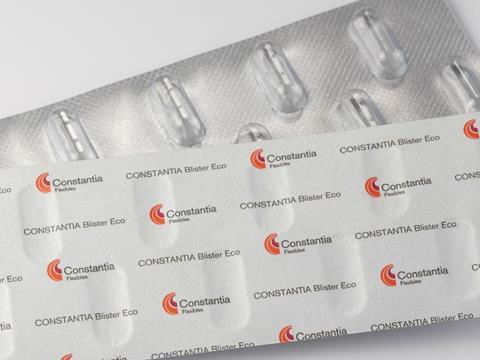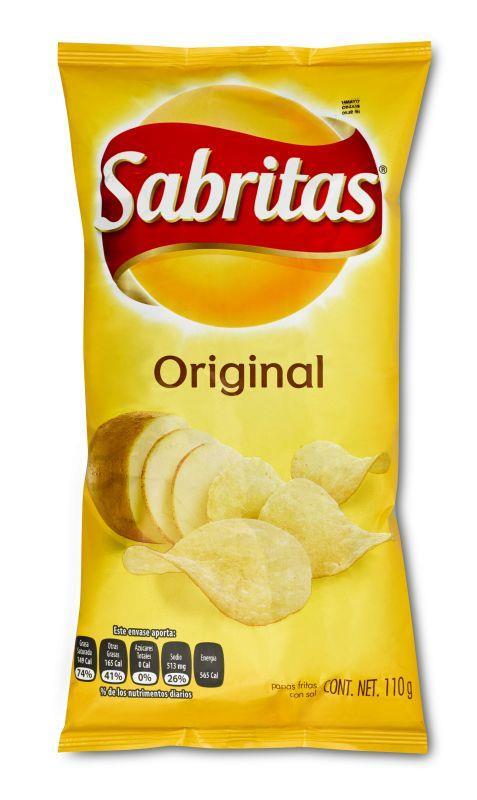
Traditions, culture, habits, economics, climate – these are some of the factors that influence, what we eat and which medicines we take. But they also impact how products are packaged. Constantia Flexibles explores a range of solutions from across the world.
Alexander Baumgartner, CEO at Constantia Flexibles, explains that there are two main reasons why packaging might vary significantly between different countries or continents: “On the one hand, there are countless varieties of products that must meet a wide range of demands. For example, shelf life, opacity, impermeability to oxygen as well as conditions of transport and storing. The requirements for secure and functional packaging differ depending on the region and climate zone. Not only that, but it should be as easy as possible to distinguish between competing brand-name products on the shelf. This is usually achieved through variations in packaging.”On a global scale, it’s clear to see that the trend is going towards flexible packaging. “Flexible packaging can be adapted to nearly any climatic or cultural requirements as well as any customer requests – with a more effective and eco-friendly use of resources,” concludes Baumgartner.
But this trend has not developed overnight.
From no packaging to rigid packaging and flexible packaging
After having been virtually non-existent for much of human history and tradition, at least with regard to individually packaged products, packaging has now evolved from using rigid, form-stable containers such as glass to developing flexible packaging solutions.
But as Nikolaus Wolfram, Senior Vice President Corporate Development, Innovation & Marketing at Constantia Flexibles, explains, developments in packaging have not proceeded uniformly around the world: “Europe is actually rather old-fashioned in this respect. While in the Emerging Markets and Russia, the trend has gone from no packaging to rigid packaging and then flexible packaging, European consumers continue to prefer rigid packaging for certain products.”This can be seen in the way that ketchup is packaged. In Russia, ketchup is usually packaged in flexible pouches or in single-serve portions, while in Europe, it is much more common to see ketchup in tubes made of plastic or in glass containers. This also applies to baby food.
Tablets in glass bottles
An example of the importance of consumer habits comes from the pharmaceuticals industry. All over the world, tablets are packed in blister packs – display package with aluminum foil as back cover. However, the United States remains an exception. In the US, tablets are usually sold in glass or plastic bottles even though blister packs are safer and more hygienic. According to Wolfram, this also has to do with the way in which medicines are disbursed in the US: “Drugs are prescribed in certain quantities, and the pharmacist then counts out the tablets and fills them into a glass or plastic bottle. This system doesn’t really exist anywhere else in the world.”Another reason is consumer-buying habits, as mentioned above: “It’s especially difficult to implement innovations in the area of pharmaceutical products. This is due in part to the extremely complicated approval process for new packaging and partly to the fact that consumers of health care products tend to prefer familiar types of packaging. Consumers are much less willing to experiment with pharmaceutical products than with food,” says Wolfram.
However, consumers might also prefer one type of packaging over another for reasons of economy.
Packaging in individual portions
A very interesting trend in packaging can currently be observed in India, where items have traditionally been left either unpackaged, or packaged in bulk (for instance in industrial-sized big bags). However, a trend toward packaging products in individual portions is emerging. “The trend toward individual packaging comes from the way the economy is structured. Workers in India are often paid on a daily basis, meaning that they only receive a few rupees at a time. It’s impossible to shop in bulk under those conditions,” according to Wolfram. “That’s why things like shampoo that can’t be left unpackaged are often sold in single portions.”
But even aside from human factors, nature also has a hand in packaging.
When your bag of chips bursts at 3,000 metersWhen designing packaging, the climate in the region in question is one of the factors to consider. For example, the barrier properties of the materials used in packaging must be different in humid tropical climates than in regions that tend to be dry and cold, to protect the products against moisture and wetness.Extreme differences in altitude are also significant, as Wolfram describes: “Let’s take a bag of chips, for example. In Mexico, the bag will need to have different properties than in the US, since many heavily populated areas such as Mexico City are located more than 2,000 meters above sea level. A chips bag manufactured for the US market could burst at that altitude because of the difference in air pressure.”
Identifying and responding to trends

When developing packaging solutions, one way to find the right option for a particular country or region is to review market studies from third parties containing demographic data, such as on level of urbanization. Or to obtain information from Constantia Flexibles customers, most of whom have worldwide locations. Information is also available internally, however. “Since our locations are spread out all over the world, our employees in the respective markets are also able to give us useful information,” notes CEO Baumgartner.
In any case, the customers’ needs take top priority.
Customized solutions for each and every customer
Once the customer’s needs have been identified, the packaging is adapted with respect to both its technical properties – for instance by making sure it is suitable for tropical climates – and the shape and size of the package.
In markets with high levels of competition, brands cannot afford to do without unique selling propositions (USPs) to distinguish them from competing brands. Special eye-catching packaging is perfect for this: “We create our packaging based on our customers’ requests. Usually, each type of packaging ends up being custom manufactured to meet the requirements of the market concerned – requirements that are constantly changing, of course,” says Baumgartner.
A glance into the future
Even current trends in packaging vary from country to country or continent to continent. In Asia, especially India, greater emphasis is placed on the recyclability of packaging. Although the trend toward sustainable materials management in packaging began in Europe, sustainable – i.e. recyclable – packaging is being demanded by Asian society and policymakers alike in a scope that cannot be found in Europe.
However, recent months have seen some movement in European countries on this front.Especially in countries, where online shopping is increasing in popularity, the question as to the future role of packaging is also arising, says Wolfram: “Online shopping is having an impact on packaging. We just don’t yet know precisely how this will play out. At present, packaging is still being designed for optimum fit and visibility on supermarket shelves and to encourage spontaneous purchases. When shopping online, however, buying decisions are not made based on packaging but rather based on various online advertising options such as video clips. Even though a product’s packaging is of lesser consideration when buying online, the experience of opening the package may well be more important. This could change the shape and size of packaging.”
More info:www.cflex.com











